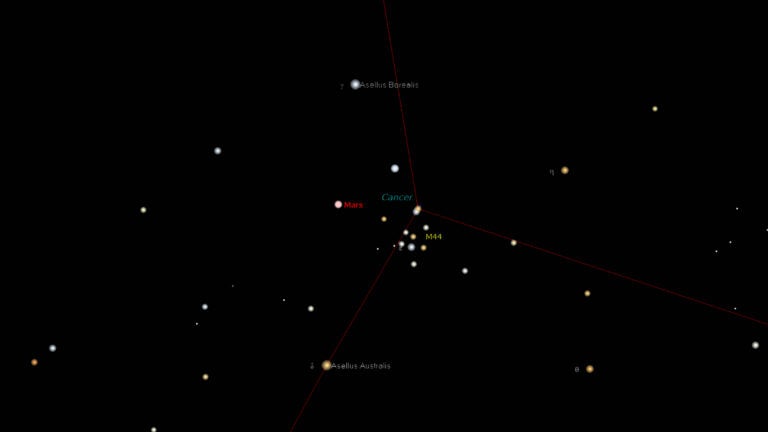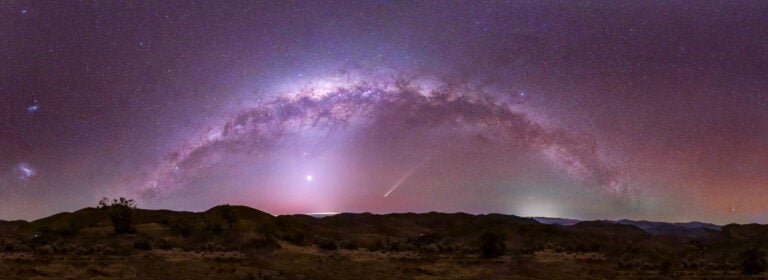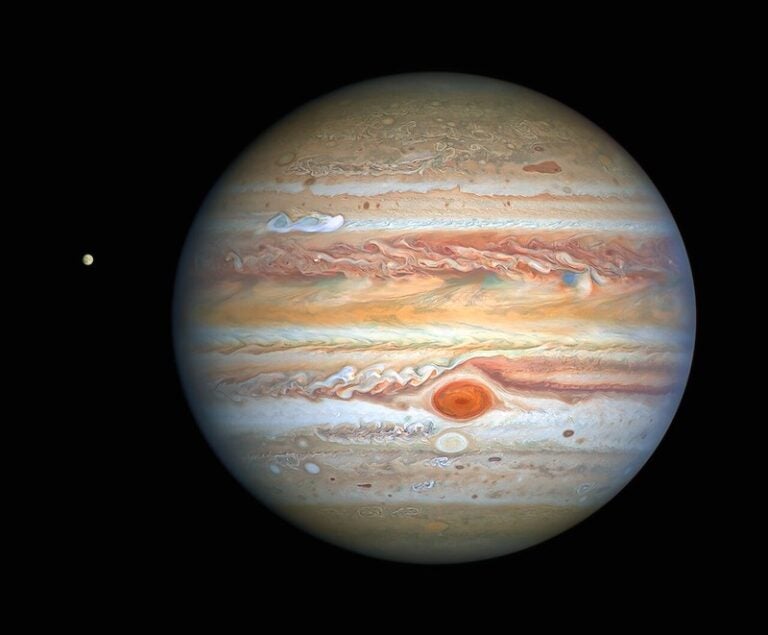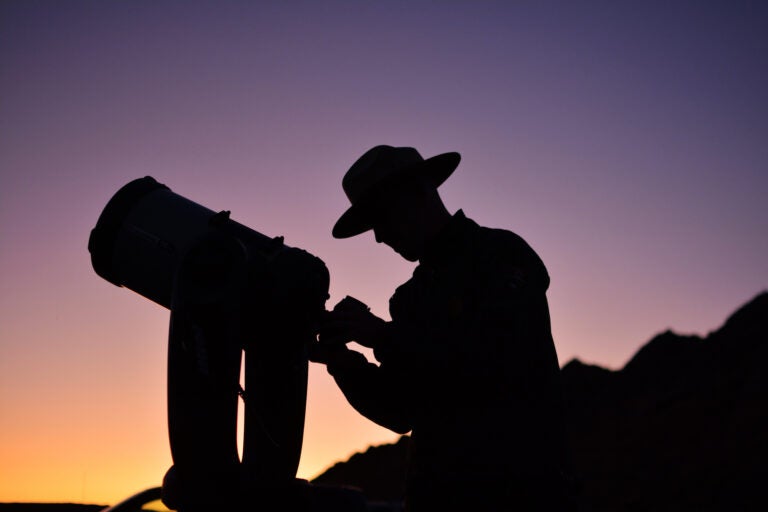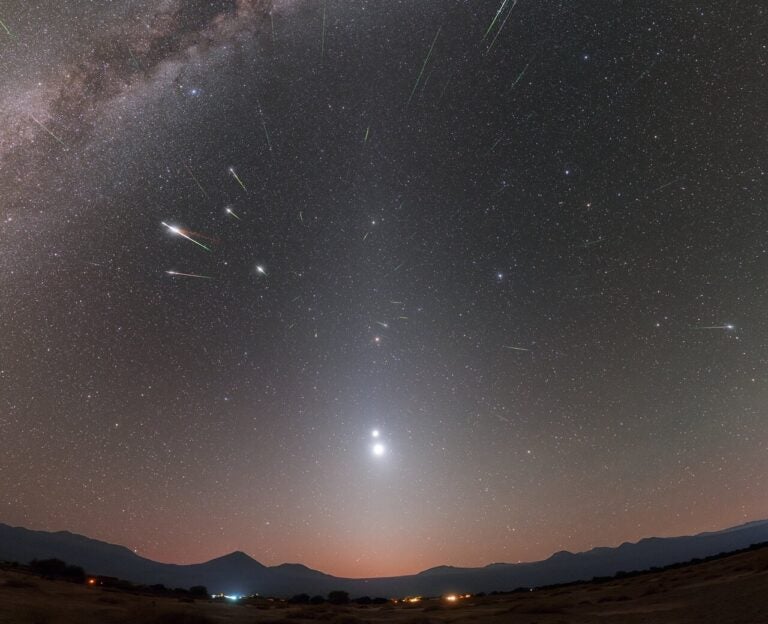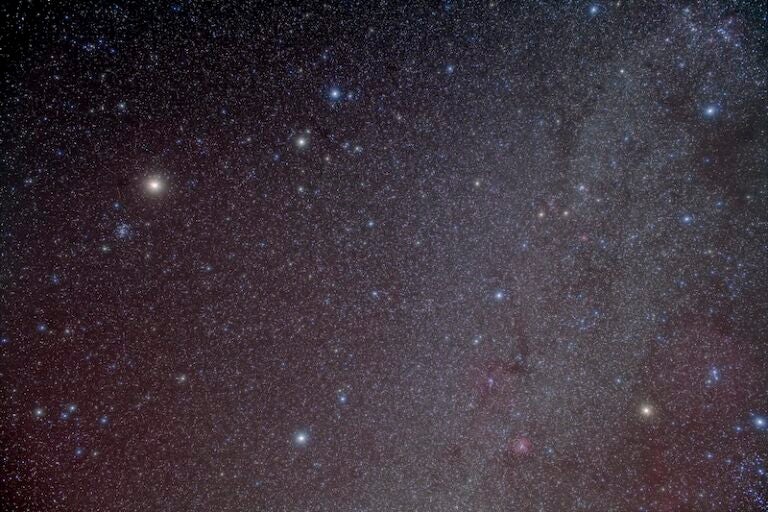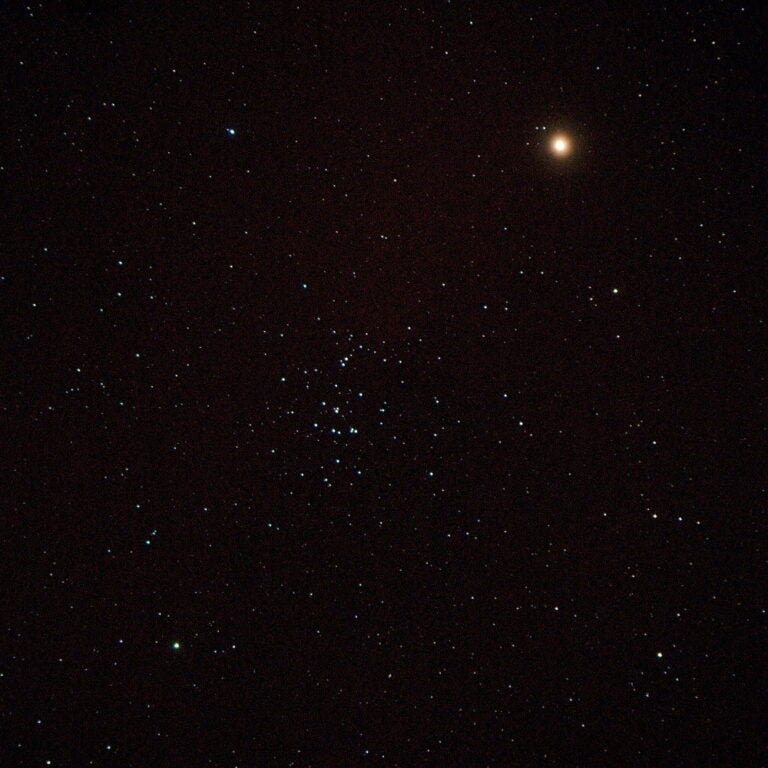
Each week, Astronomy magazine Senior Editor Michael E. Bakich, a master at explaining how to observe, posts a podcast about three or more objects or events you can see in the sky.
Targets for May 24–31, 2012
Small telescope: Open cluster NGC 6067
Large telescope: Planetary nebula NGC 6072
Large telescope: Barred spiral galaxy NGC 5921
Expand your observing at Astronomy.com
StarDome
Check out Astronomy.com’s interactive StarDome to see an accurate map of your sky. This tool will help you locate this week’s targets.
The Sky this Week
Get a daily digest of celestial events coming soon to a sky near you.
Observing Talk
After you listen to the podcast and try to find the objects, be sure to share your observing experience with us by leaving a comment at the blog or in the Reader Forums.
Wowee!
This week’s small-telescope target is open cluster NGC 6067 in the constellation Norma the Carpenter’s Square.
This treat — and it is a treat — lies 0.4° north of magnitude 5.0 Kappa (κ) Normae. This spectacular object is an observing prize through any size telescope. At its listed brightness of magnitude 5.6, you might think you could see it without optical aid. Normally, that would be true, but NGC 6067 lies in such a rich star field that you’ll spend valuable observing time trying to pick it out from the background. The cluster spans 12′.
Unless you’re looking to find interesting patterns or double stars, I suggest you use low-power eyepieces on NGC 6067. Even a 4-inch scope will reveal more than 50 stars, while a 12-inch will show you more stars than you’ll want to count. (I estimated more than 250.)
While you’re in the area, check out two other open clusters. NGC 6031, which shines at magnitude 8.5, lies 0.8° to the west-northwest of NGC 6067. Then, 1.2° southeast of our first target, you’ll find Collinder 299 (also known as Harvard 10), a cluster one-third of a degree in diameter with a listed magnitude of 6.9.Certainly no planet
This week’s first large-scope object is planetary nebula NGC 6072 in Scorpius the Scorpion.
This relatively bright target — magnitude 11.8 — sits 1.4° east-northeast of magnitude 4.2 Theta (θ) Lupi. Through a 6-inch telescope, it appears as a featureless circular disk 40″ across.
A 12-inch scope, an eyepiece that magnifies about 250x, and a nebula filter reveal a moderately dark rift splitting NGC 6072 into northern and southern halves. Note also how the edge appears irregularly bright.In the Serpent’s head
This week’s second large-telescope target is barred spiral galaxy NGC 5921 in Serpens Caput the Head of the Serpent. It glows at magnitude 10.8 and measures 4.9′ by 4.2′.
To locate it, move 5.7° west-southwest from magnitude 2.7 Unuk al Hai (Alpha [α] Serpentis). Through a 10-inch telescope, the galaxy shows a bright center. At magnifications above 250x, you may spot its bar, probably with some difficulty, as a faint oval ring that hints at spiral structure.
NGC 5921 lies 75 million light-years from Earth, far beyond the magnitude 11.6 foreground star GSC 344:738, which appears on the southwestern edge of the galaxy’s halo.
UGC 9830, a magnitude 16.5 satellite galaxy of NGC 5921, lies 36′ to the south-southeast. Good luck seeing that one!

